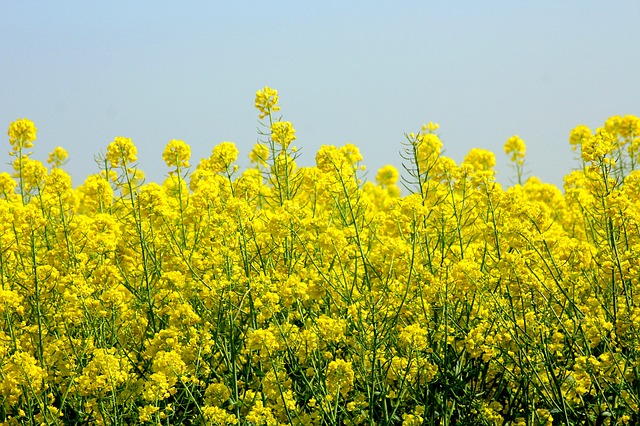- Home
- About
-
Our Products
- Grains
- Oil seeds
- Meals
- Oils
- Derivate
- UBM Group
- UBM Community
- Press
- Contact
Rapeseed meal comes from two species of plants, both belonging to the genus Brassica spp. In Central and Northern Europe hybrids of the variety Brassica napus are grown, and in Canada and Asia both varieties are grown (Brassica napus and Brassica campestris or Brassica rapeseed). According to reports from the US Department of Agriculture / Foreign Agricultural Service (USDA / FAS,2018/19), rapeseed meal is the second largest production of protein in the world, after soybean meal.

Rapeseed meal - obtained from rapeseed, is mainly used as fodder in cattle feed. It is recommended for the protein content of between 33% and 35% and the amino acid complex that promotes lactation.
Rapeseed meal has a lower cellulose content than sunflower meal. The amino acid content is at the same level as other grits. The new canola-type rape varieties, free of antinutritive and toxic substances (erucic acid and glucosinolates) have a high productivity and a high content of lipids and proteins with a high biological value and close to soybean meal